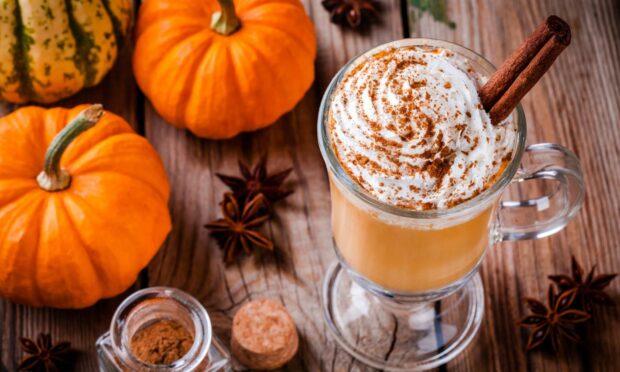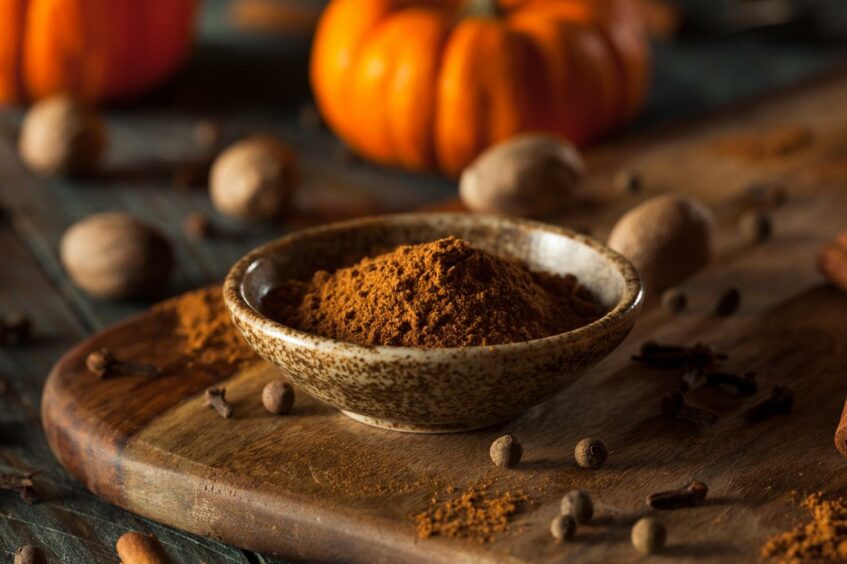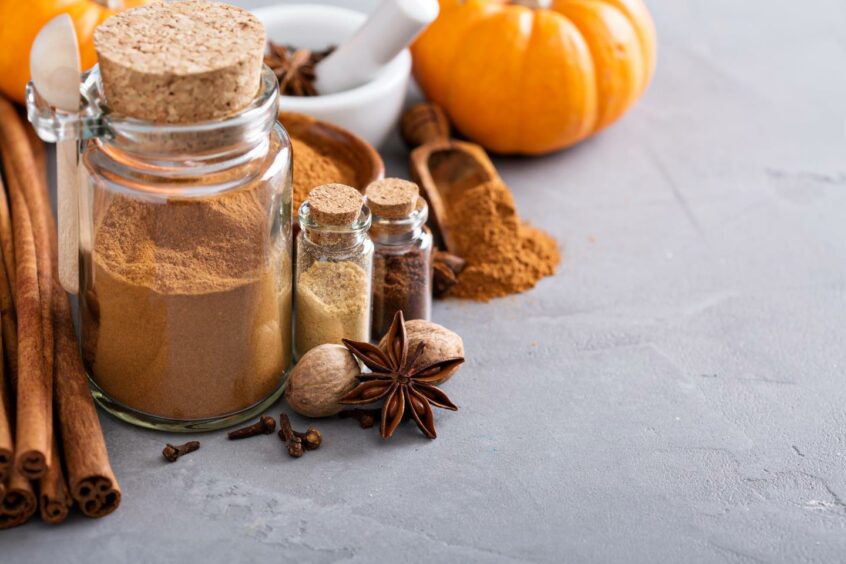Synonymous with autumn and October, pumpkin spice is a sure sign that summer is over and Christmas is on its way.
You’ll probably have seen a lot of bakeries, cafes, coffee shops and other eateries making “pumpkin spice” versions of their traditional bakes or drinks, but what actually is it and why has it become so popular?
Funnily enough, despite its name, pumpkin spice doesn’t actually contain any pumpkin in it at all.
Usually, the blend is a mix of cinnamon, ginger, nutmeg and allspice with some versions also including cloves and mace.
Added to lattes, biscuits, cakes, hot chocolates and other treats, the spice blend has gained some traction ever since Starbucks released their famous pumpkin spice latte in 2003.
Where did it come from?
Origins of pumpkin spice date back to long before Starbucks was around, with some indications claiming the spice blend can be traced all the way back to the 17th Century and the Dutch.
Most spices in today’s version of the blend are from South East Asia.
Back in the 1600s, it was said that there was a group of “Spice Islands” that grew these spices but its location was top secret.
That was until the Dutch East India Company stumbled across the islands, near Indonesia, called the Maluku Islands, and this became the central location for the spice trade.
Access to the spices became a lot easier once the Dutch had discovered it and so they made their way back to Europe, where a blend known as “speculaaskruiden” (mixed spice) gained popularity across the Netherlands.
What about the modern-day version?
Other nations began using the blend in different ways since the Dutch discovered easy access to the spices and, in modern day times, pumpkin spice has become a lot more popular thanks to the Americans.
Not just because of Starbucks and their lattes, but an American tradition around Thanksgiving time (late November) is to make pumpkin pie.
One of the main ingredients in the pie is a mix of cinnamon, ground ginger, nutmeg, allspice and cloves.
This is how it came to get the name pumpkin spice – due to its common usage in pumpkin pie.
How popular is it?
If the fact that Starbucks has sold more than 425 million pumpkin spice lattes worldwide since 2003 is anything to do with it then the answer is very popular, with the US coffee chain announcing from 2015 it was going to add pumpkin as an ingredient to its popular lattes.
But it’s not just the American coffee chain that has used the spice in its products, as Scottish companies have also tried to emulate its success and bring a bit of autumn flavouring to their offerings.
A few weeks ago, Scottish gin company Pickering’s Gin announced it was making a limited-edition batch of its popular gin, but in pumpkin spice latte flavour, to join with the trend.
There are also numerous cafes and coffeehouses across Tayside and Fife offering up their own takes on pumpkin spice lattes using the spice blend, including Oscars in Leven, The Roasting Project in Burntisland and even the Tartan Coffee House in Dundee.
Popular Dundee street food specialists Heather Street Food have also recently introduced a pumpkin spice latte to their offering, while The Crepe Shack in Cupar has created a pumpkin spiced crepe.
How trendy is the spice?
In terms of searches for pumpkin spice on Google, over the past 30 days, Scotland has conducted the most searches out of the whole of the UK, with many of these based around pumpkin spice cocktail recipes and recipes for making the spice blend itself.
Here’s how you can make your own version of it, which can be added to a whole host of things.
Homemade pumpkin spice
Serves 6
Ingredients
- 3 tbsp ground cinnamon
- 2 tsp ground ginger
- 2 tsp nutmeg
- 2 tsp ground allspice
- 2 tsp ground cloves
Method
- In a small bowl, mix together the cinnamon, ginger, nutmeg, allspice and cloves until well combined.
- Store in a small jar or container until ready to add some to pies, cakes, coffees, biscuits and hot chocolates.


